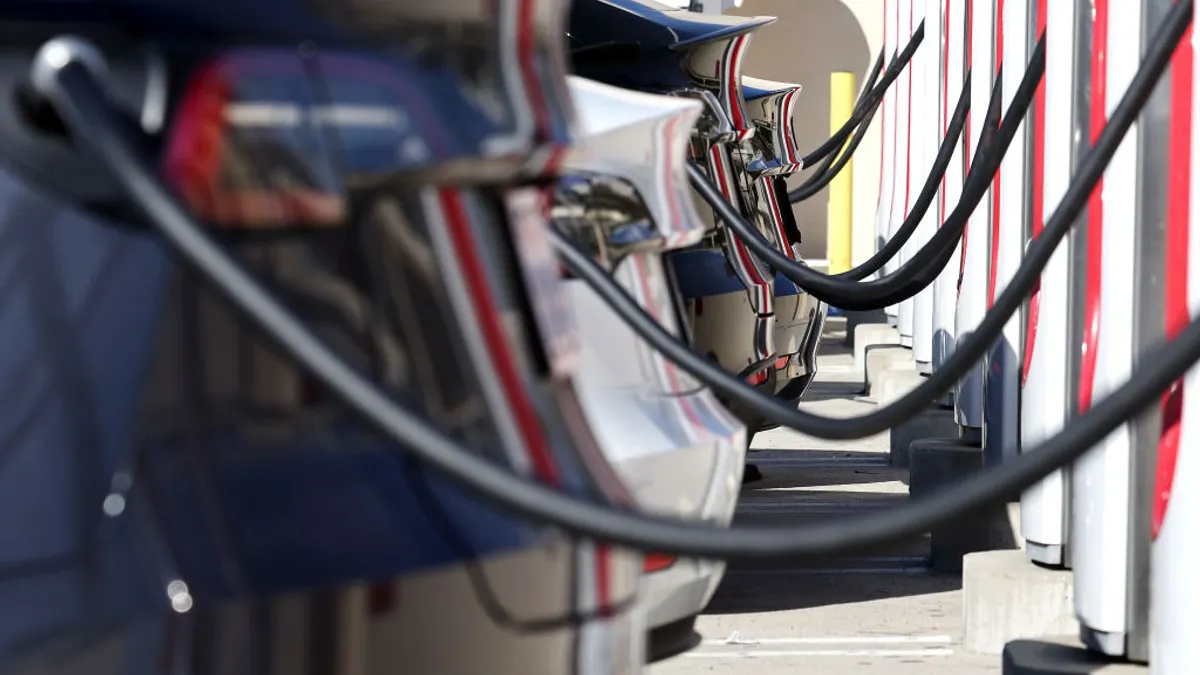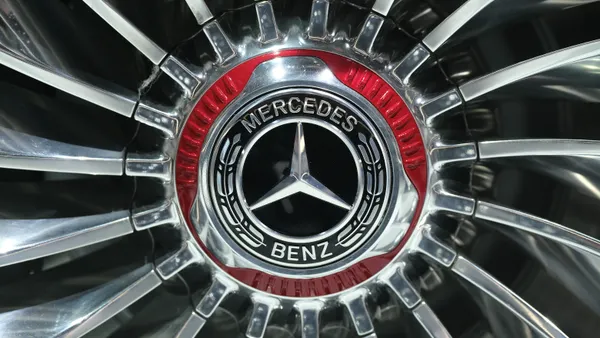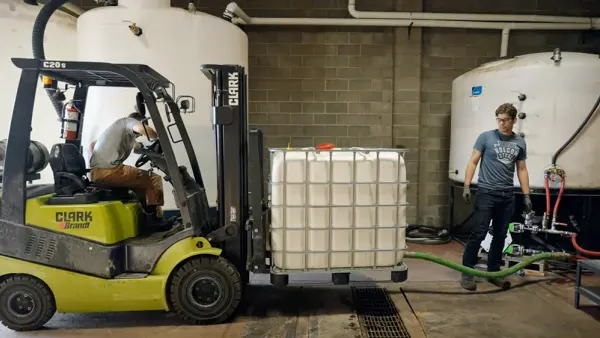Electric vehicle demand is still rising in the United States, but growth has slowed amidst stalling EV charger expansion, per the conclusions of the HERE–SBD EV Index published Sept. 4 by global mapping company Here Technologies and automotive research firm SBD Automotive.
According to the report, the U.S. added 37,000 EV charging points to its overall network between June 2024 and June 2025 — a 19% increase that translates to a 52% increase in total charge power. However, the expansion between 2023 and 2024 was much bigger, with a 32% increase in charging points and 82% boost in total charge power.
The index authors combined market data, including Here Technologies’ EV charge point information, with the results of an SBD survey of drivers, including 1,000 in the U.S. to analyze EV transition progress and obstacles.
Per the survey, 53% of U.S. respondents pointed to a “perception” of the lack of charging access as the top barrier to EV adoption. In addition, 57% of U.S. respondents said they were likely to buy a traditional gasoline-powered car for their next vehicle.
The findings “make clear that current efforts are not sufficient to meet most regional electrification ambitions, underscoring the need for stronger policies and more proactive product strategies,” Robert Fisher, electrification and sustainability principal at SBD Automotive, said in a statement.
Policy changes have created obstacles in the U.S. EV transition, including the Trump administration’s six-month freeze of the federal EV charging expansion program (since reversed), the uneven deployment of the federal program at the state level and the impending expiration of EV tax credits, the report noted.
Still, EV owners are satisfied with their vehicles, the survey found, with only 5% of current EV drivers in the U.S. saying they would switch away from electric. Plus, many states are steadily improving their EV charger landscapes, as evidenced by the index’s state EV infrastructure and uptake ratings. States were ranked based on the number of public chargers per road length (how far one must drive for a charger), the average capacity of public chargers (how fast one can charge), the ratio of public chargers to EVs (the likelihood of finding an open charger) and the share of EVs on the road.
Delaware was ranked the top state for the second year in a row even though it saw declines in its ratio of public chargers to EVs and the average charging power of public stations.
Washington, D.C., New Jersey, New York and Massachusetts rounded out the top five, while Nebraska, Minnesota, Arkansas, Idaho and Alaska ranked in the bottom five.
When the index was first released in 2023, Fisher said the ratio of public chargers to EVs and charging capacity as compared to the size of the EV fleet were both important indicators to help charging networks and policy personnel “ensure a seamless [EV] ownership experience as EVs go mainstream.”










